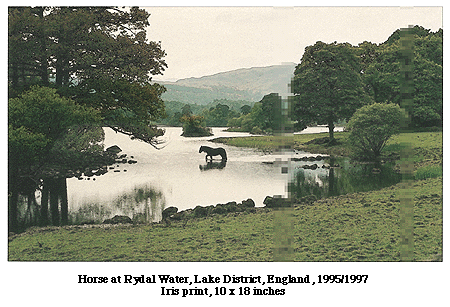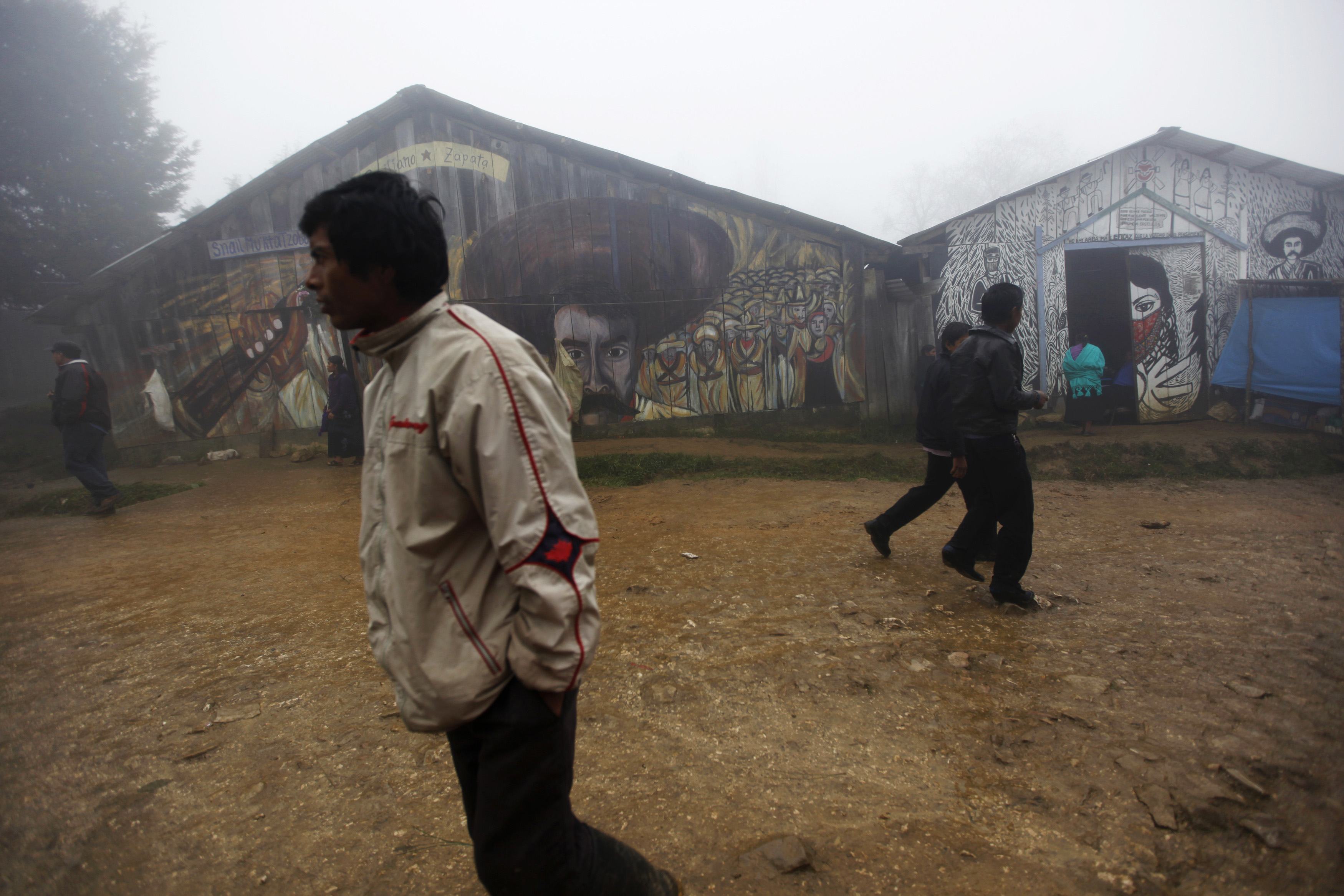

This story already now includes 4 albums - "Constellations", "Cosmogenesis", "Endless Lullabies" and "Lonesome Sky In H Minor". It does serve as a part of the Picturesque Episodes's sci-fi story. Ranging from lullaby-like string ambiance to noisy repetitive breakdowns and accidental noise records from distortion driven post-rock to glitch minimal from obscure noise to polished pop songs - THE PICTURESQUE EPISODES covers much musical ground and include many diverse music genres with exceptional attention to the narrative structure of music. "Young Galaxy" is second album by the Picturesque Episodes released on Pocket Fields. the Picturesque Episodes - Nothing Beyond (05:34) the Picturesque Episodes - Old Static (03:39)Ġ9. the Picturesque Episodes - Collisions (04:42)Ġ8. the Picturesque Episodes - Magic Void (03:41)Ġ7. the Picturesque Episodes - Mothership (02:44)Ġ6. the Picturesque Episodes - With You (04:26)Ġ5. the Picturesque Episodes - Movement (02:49)Ġ4. the Picturesque Episodes - Escape Your Rhodes Heart (03:05)Ġ3. the Picturesque Episodes - Young Galaxy (04:20)Ġ2. And after this little divertissement, I will go back to reading Jane Austen on my Kindle.01.

So even two hundred years or more since Jane Austen’s day and the Picturesque movement we can still find people interested in the art forms and technology of that era.

There’s even a book you can buy at Amazon: The Claude Glass: Use and Meaning of the Black Mirror in Western Art by Arnaud Maillet. Turner also painted Tintern Abbey in the Picturesque style. Painting with a Claude Glass is a technique still used by artists today and there’s even a Claude glass webcam pointed at Tintern Abbey (not always working, but there are archived images).
Picturesque movement how to#
(The series is available on Netflix.)Ī Claude glass is a relatively simple thing and the instructable mentioned above shows how to take a lens from an old slide show project and paint one side with black paint. Here’s a picture of television presenter Kevin McCloud using a Claude glass to paint an Italian landscape in the third episode of his Channel 4 series Kevin McCloud’s Ground Tour. Syntax in Search of the Picturesque poem by William Combe and the attendant caricatures by Thomas Rowlandson that poked fun at Gilpin and the movement.Īn artist using a Claude glass to view a landscape offered the ludicrous image of someone peering intently into a small mirror (usually small enough to fit in one hand) with their back to a breathtaking view. William Gilpin championed the Picturesque aesthetic and Janeites are probably familiar with the Tour of Dr. The effect was easier to reproduce if artists viewed the landscape they were painting in the reflection of a black convex mirror as it reduced the contrast and muted the tonal range, similar to the effect shown in this Lorrain painting: (There’s a nice set of posts about Austen and the Picturesque at the oldgreypony blog.) In paintings, many artists were trying to emulate the works of 17-century painter Claude Lorrain. This is, of course, ridiculously simplified but essentially artists were hoping for a romantic look. Marianne Dashwood was enchanted by the thought of a picturesque cottage: “As a house, Barton Cottage, though small, was comfortable and compact but as a cottage it was defective, for the building was regular, the roof was tiled, the window shutters were not painted green, nor were the walls covered with honeysuckles.” A blasted tree was more interesting than a fulsome one a ruined temple more beautiful than an intact one. Many of you are probably unfamiliar with this bit of 18th- and 19th-century technology, but Janeites certainly know of the Picturesque movement from Sense and Sensibility.


 0 kommentar(er)
0 kommentar(er)
